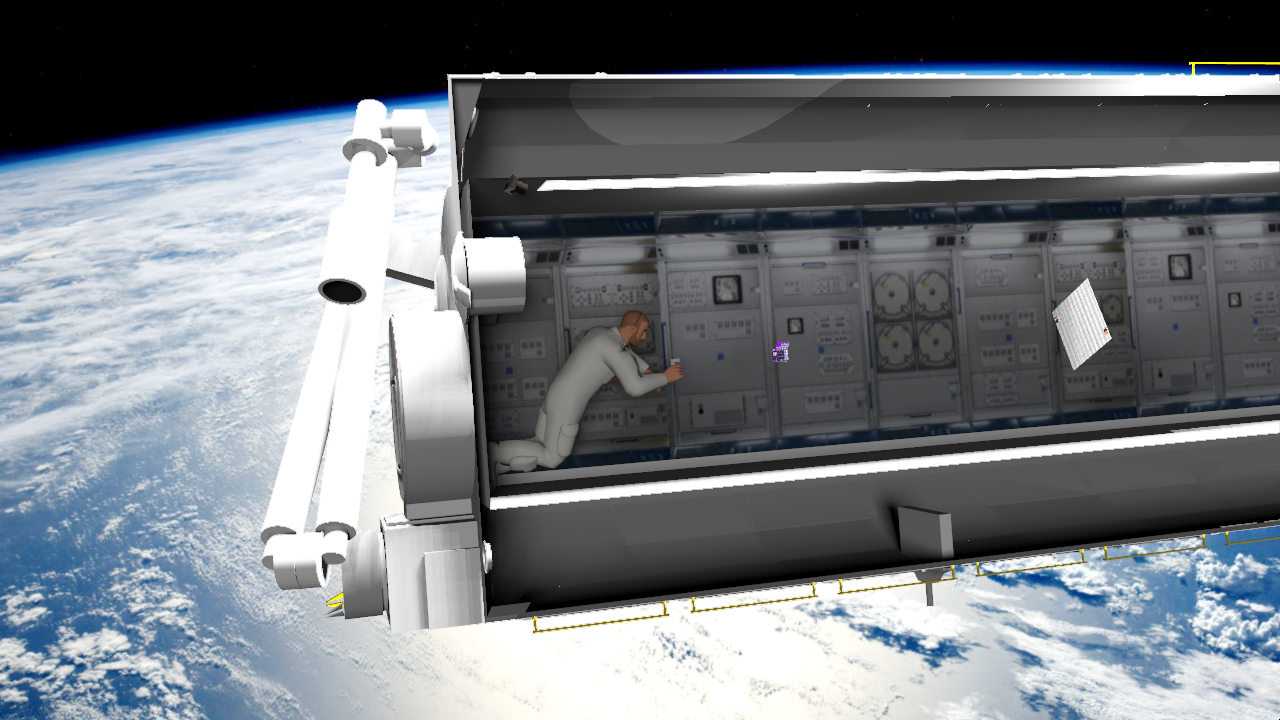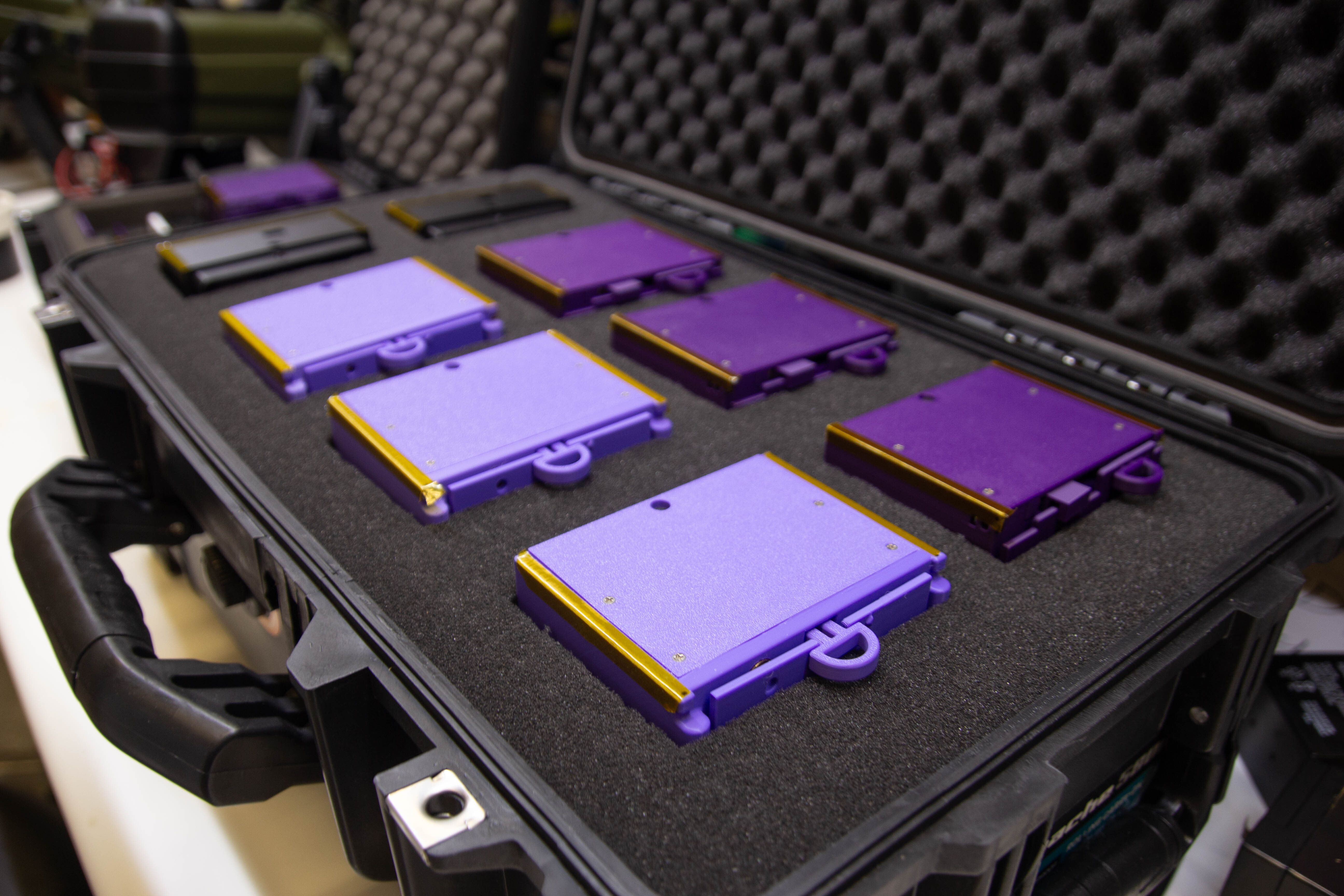The Deployer Project
The purpose of this project is to specifically test light-sail deployer designs to find out which one is most optimal. One of the deployer designs we are testing utilizes a single door deployer, very similar to Alpha CubeSat’s design.
The project aims to compare the single-door design to a new design that has two doors. The goal is to see if the torques created from each door when swinging open will cancel out. This was proposed to reduce any unwanted rotation that the single door model may experience as the door swings open in microgravity.

